History of the Ottoman Empire: Turkey’s history begins in prehistoric times, with age human habitation dating back to the Paleolithic era. Various Neolithic sites, such as Catalhuyuk and Gobekli Tepe, highlight the early development of human settlements and the transition from a nomadic to a sedentary lifestyle. These sites are some of the earliest known human settlements and are, known for advanced social and religious practices.
- If you want to know more about important people’s Biography and the History of different Eras then click on the link below.
- worldbioinfo.com/history
- worldbioinfo.com/biography
- en.wikipedia.org/wiki/Ottoman_Empire
- youtube.com/Ottoman_Empire
History of the Ottoman Empire
Ancient civilization:
Historically, Anatolia of Turkey was home to many ancient civilizations. The Hittites were one of the first major empires in the region. They dominated much of Anatolia and northern Syria around 1600 BC. Hattusa is their capital and, is showcases their advanced architecture and culture.
After the fall of the Hittites, various other cultures arose in the region, including Phrygian, Lydian, and Eurasian. In particular, the Lydians are credited with the invention of coinage. During this period, the coastal areas of Anatolia were colonized by Greek settlers. they lead to the establishment of influential city-states such as Ephesus, Miletus, and Halicarnassus.
History of the Ottoman Empire BC
Classical antiquity:
Anatolia’s strategic location made it a contested region during the Classical period. It was conquered by Cyrus the Great of Persia in the 6th century BC, It’s becoming part of the Achaemenid Empire. The subsequent Greco-Persian Wars and the conquests of Alexander the Great in the 4th century BC united Anatolia with the Hellenistic.
After Alexander’s death his, empire fragmented, and Anatolia was divided among his generals. The Seleucid Empire the Attalid Dynasty of Pergamon, and various other Hellenistic empires controlled parts of the region. By the 1st century BC, Anatolia had become part of the Roman Republic and later the Roman Empire.
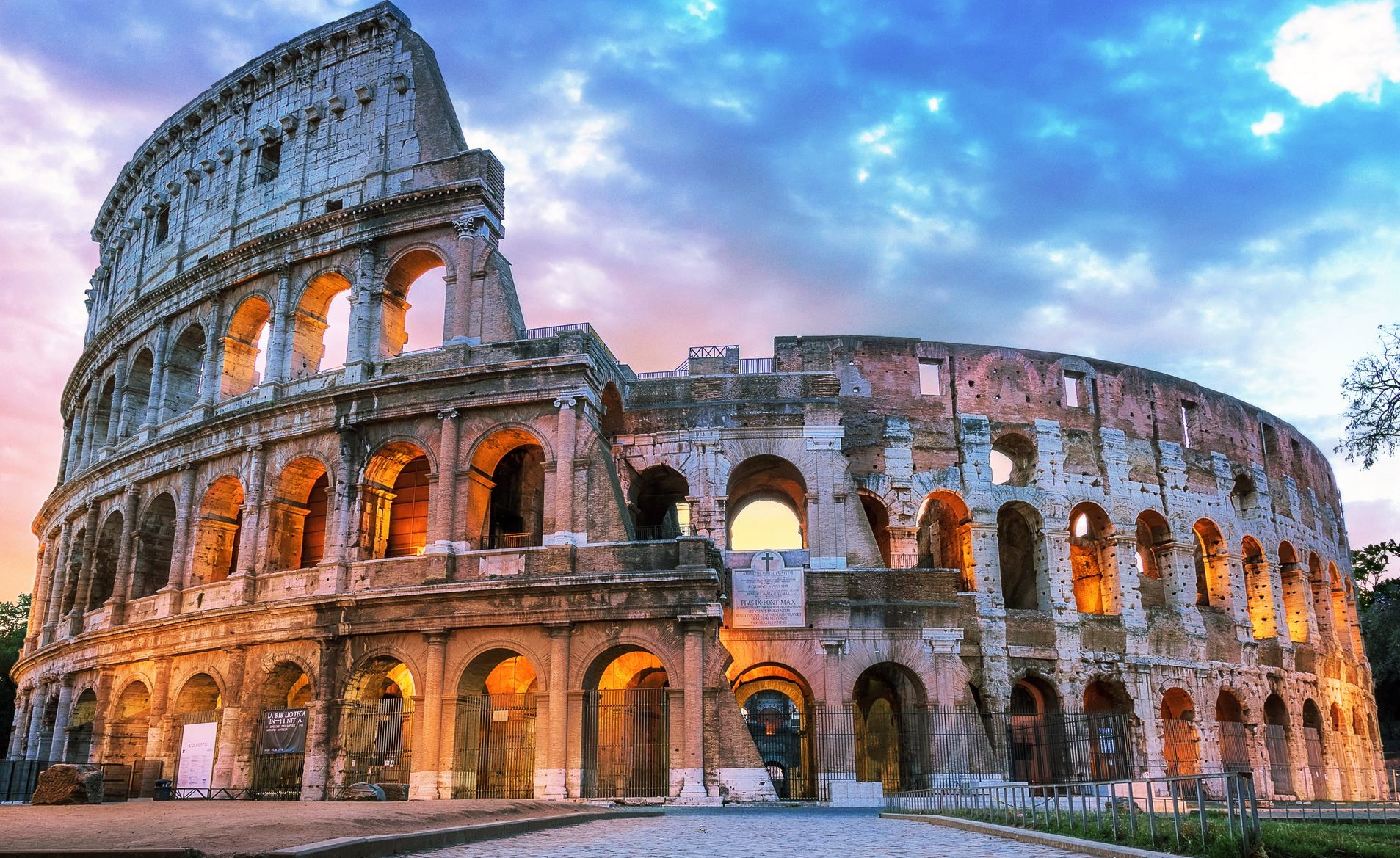
Byzantine Empire:
After the division of the Roman Empire in 395 AD, Anatolia became the center of the Eastern Roman Empire, known as the Byzantine Empire. Constantinople (modern Istanbul) was established as the capital and became an important cultural and economic center. The Byzantine era was marked by religious and political conflict, including the spread of Christianity and the subsequent rise of Islam.
In the 7th and 8th centuries, Byzantine in Anatolia faced numerous invasions and internal strife. Arab-Byzantine wars and iconoclast controversies significantly affected the region. Despite these challenges, the Byzantines managed to preserve much of their territory and cultural heritage.
the Ottoman Empire
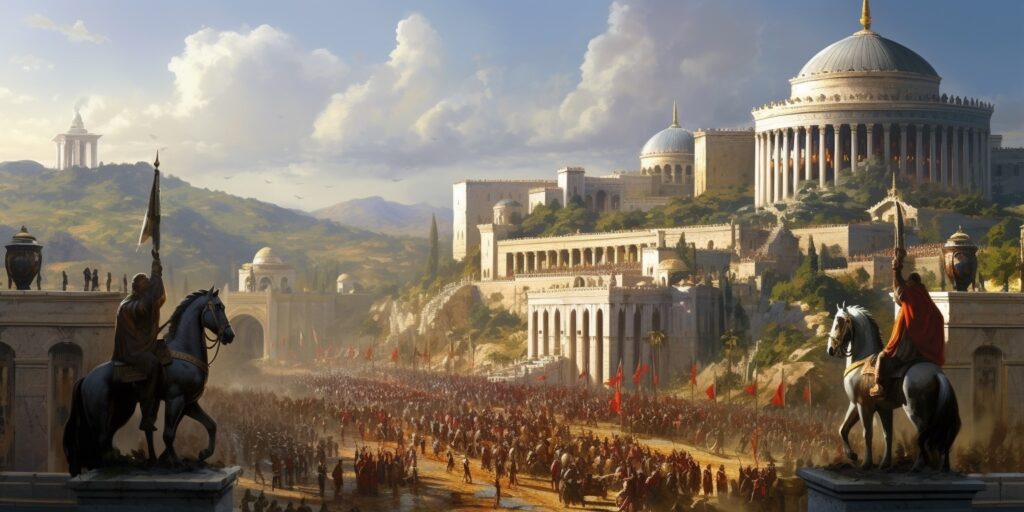
The Seljuk Empire and the Rise of the Turks:
The arrival of the Seljuk Turks in the 10th century marked a turning point in Anatolian history. The Seljuks defeated Byzantine forces at the Battle of Manzikart in 1048, leading to the gradual Turkification and Islamization of Anatolia. The Seljuks established the Sultanate of Sultan Tugril Beg, which controlled much of central and eastern Anatolia.
The Seljuk period was marked by economic and cultural prosperity with advances in architecture, science, and literature. The Seljuk capital of Konya became a significant cultural center, attracting scholars, poets, and artists.
Ottoman Empire
Moghol Empire:
Around 1185 Genghis Khan’s Moghol army marched west to collect taxes. Wreaked havoc in Anatolia, Konya, and other important regions of Turkey. Gradually began to expand their empire there. At one point there was a division of power among the Mangals, including the converts, and Due to the war with the Turks and this division, their power gradually weakened.
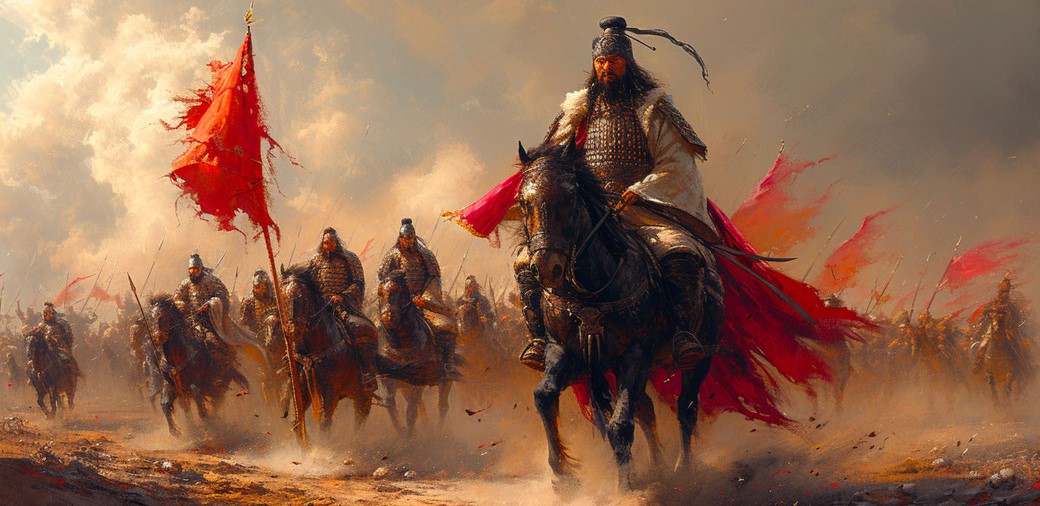
Ottoman Empire:
The late 13th century saw the rise of the Ottoman Empire, founded by Osman I, Sons of Artugul Beg in the northwestern Anatolian city of Sogu. The Ottomans expanded rapidly, capturing Bursa in 1326 and making it their capital. The conquest of Constantinople by Sultan Mehmed II in 1453 marked the end of the Byzantine Empire. and established the Ottomans as a dominant power in the region.
Ottoman Empire, founded by Osman I
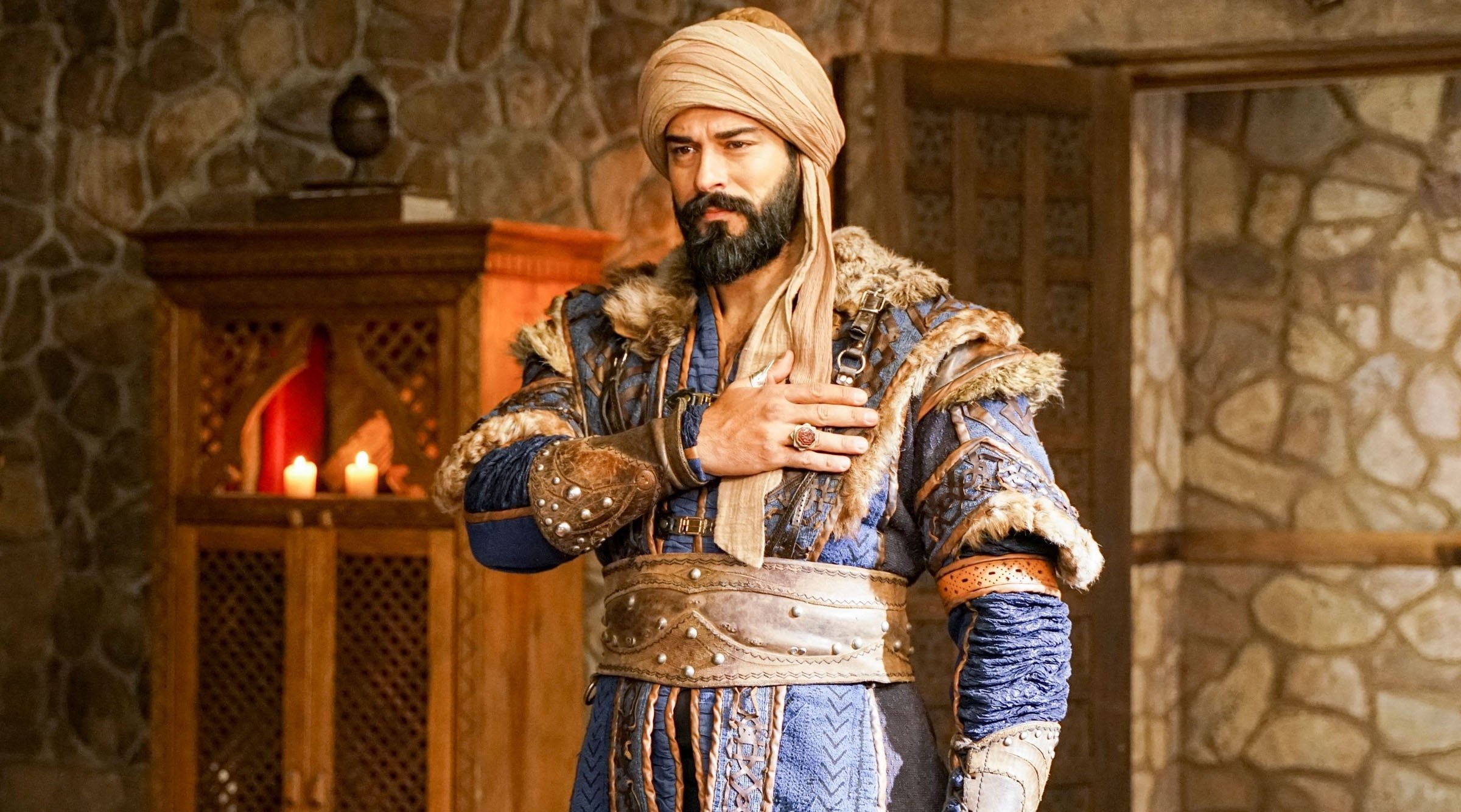
The Ottoman Empire reached its peak under Sultan Suleiman the Magnificent in the 16th century, controlling vast territories across Europe, Asia, and Africa. The empire was characterized by its complex administrative system, diverse population, and significant contributions to art, architecture, and science.
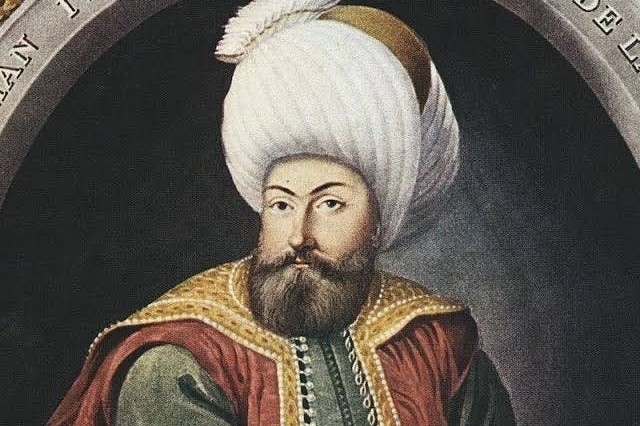
However, by the 17th century, the empire began to face internal and external challenges. Military defeats, economic difficulties, and administrative corruption led to a gradual decline. The 19th century saw attempts at modernization and reform, known as the Tanzimat, but these were insufficient to prevent the decline of the empire.
The Ottoman Empire reached its peak under Sultan Suleiman
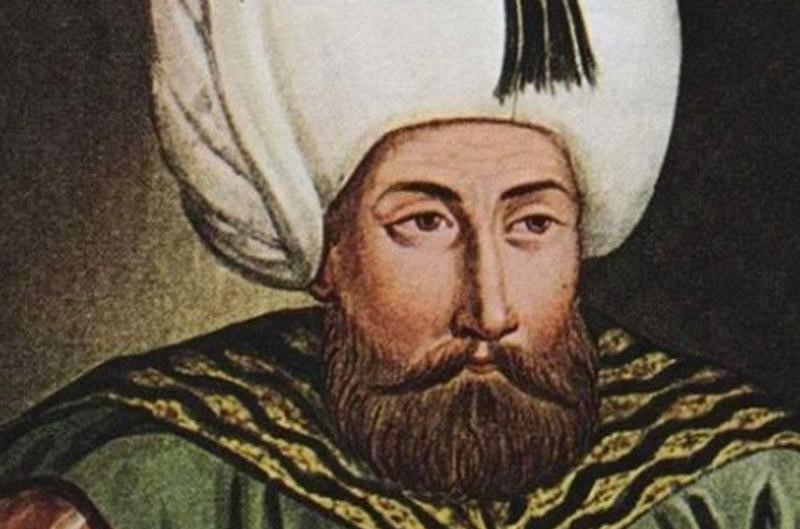
Fall of the Ottoman Empire:
The empire was called the “sick man of Europe” and faced territorial losses and internal strife. The Balkan Wars and the Italo-Turkish War further weakened the empire.
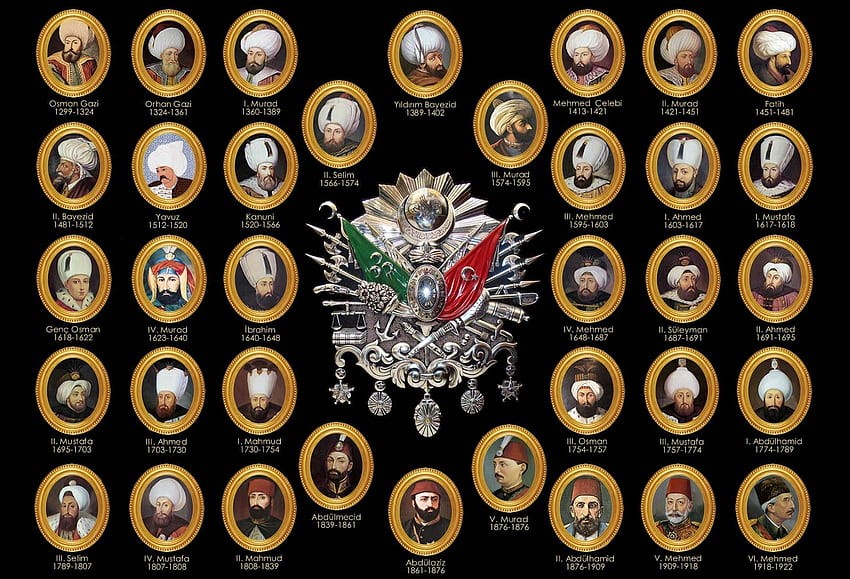
World War I proved disastrous for the Ottomans. In a joint attack by Germany and Austria-Hungary, the empire suffered fatal losses on multiple fronts. The defeat of the Ottomans led to the eventual collapse of the empire, with subsequent division of their territories.
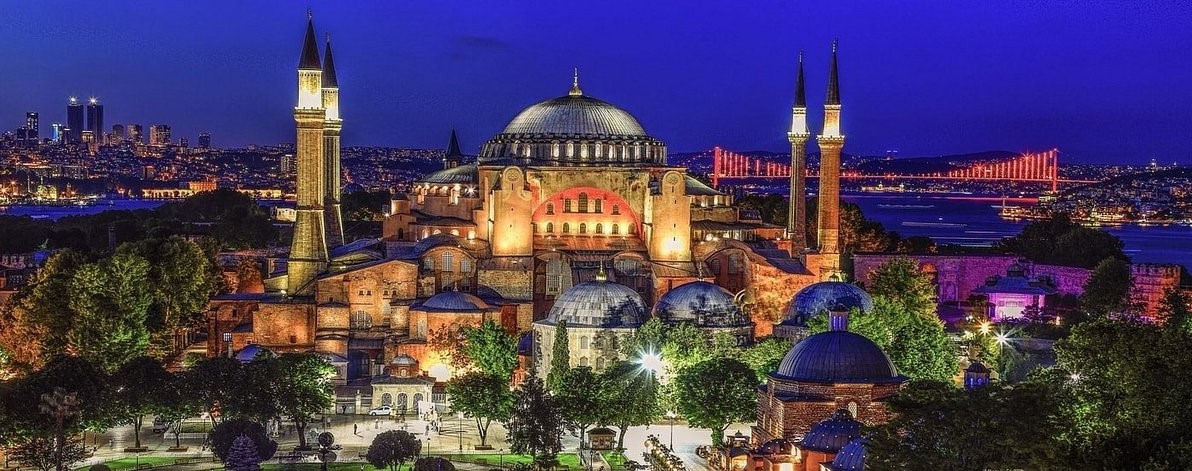
the dissolution of the Ottoman Empire
Turkish War of Independence and the Republic of Türkiye:
After World War I, the Treaty of Sèvres (1920) proposed the dissolution of the Ottoman Empire, assigning parts of its territory to Greece, Italy, France, and Britain. This led to the start of the Turkish War of Independence led by Mustafa Kemal Ataturk. The war, which took place between 1919 and 1923, resulted in the defeat of the occupying forces and the dissolution of the Ottoman Sultanate.

The Republic of Turkey was proclaimed on October 29, 1923, with Ataturk as the first president. Kamal Ataturk implemented sweeping reforms to modernize Turkey, including a new legal system. the Latin alphabet, and the promotion of secularism. His policies transformed Turkey into a secular, nationalist, and modern state.
Ottoman Empire: History of the Ottoman Empire
Modern Turkiye:
After Ataturk died in 1938, Turkiye continued to navigate the challenges of modernization and political change. During World War II, Türkiye remained neutral until the final months of the conflict when it joined the Allies.
In the post-war period, Turkey was integrated into the Western group united in common interests. Turkiye joined NATO in 1952, aligning itself with Western democracies during the Cold War. The country experienced political instability marked by military coups in 1960, 1971, and 1980. Each coup was followed by a period of military rule followed by a return to civilian government.
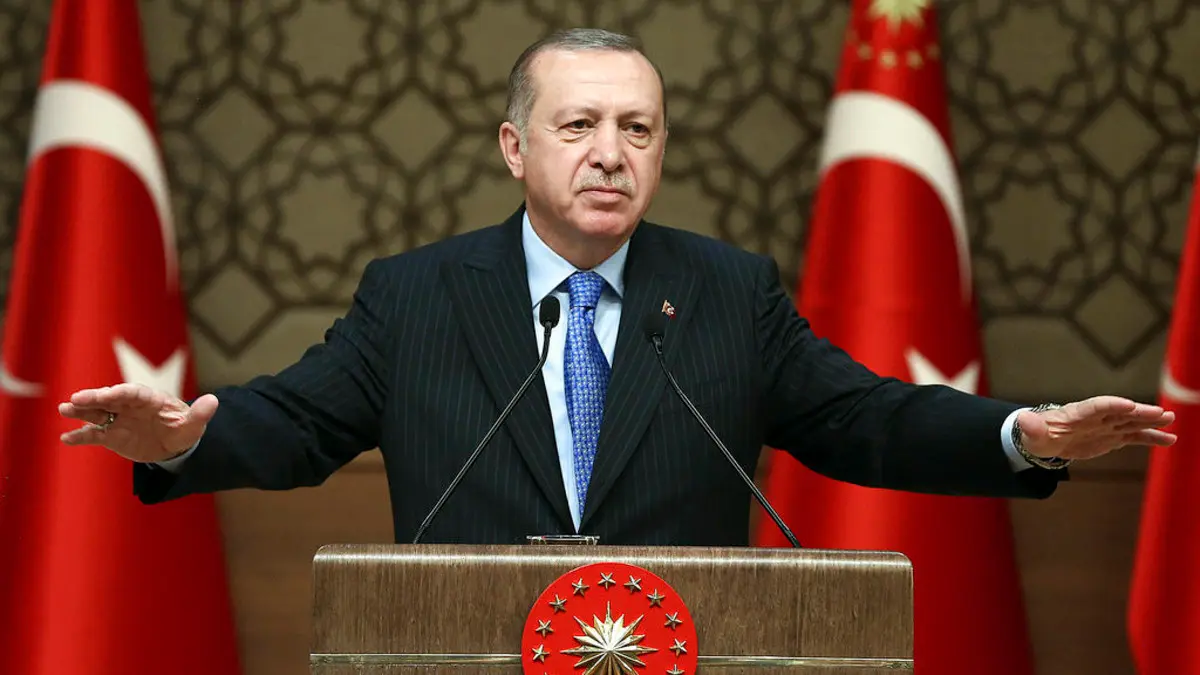
The late 20th and early 21st centuries saw significant economic growth and development in Turkey. Turkiye pursues closer ties with Europe, culminating in its application for EU membership. However, economic growth and development political challenges persist, including human rights, democracy, and relations with neighboring countries.
The Ottoman Empire reached its peak under Sultan Suleiman
Recent Developments:
In recent years, Turkey has undergone significant political changes under the leadership of Recep Tayyip Erdogan and the Justice and Development Party (AKP). Erdogan, who served as prime minister from 2003 to 2014 and as president since 2014, implemented various economic and political reforms. However, his tenure was marked by increasing authoritarianism, repression of dissent, and challenges to the secular policies established by Ataturk.
A failed coup attempt in 2016 led to a massive crackdown on opposition figures, journalists and academics. This period also saw significant refinements between the military and civil services. In 2017, a constitutional referendum resulted in a presidential system, further consolidating Erdogan’s power.
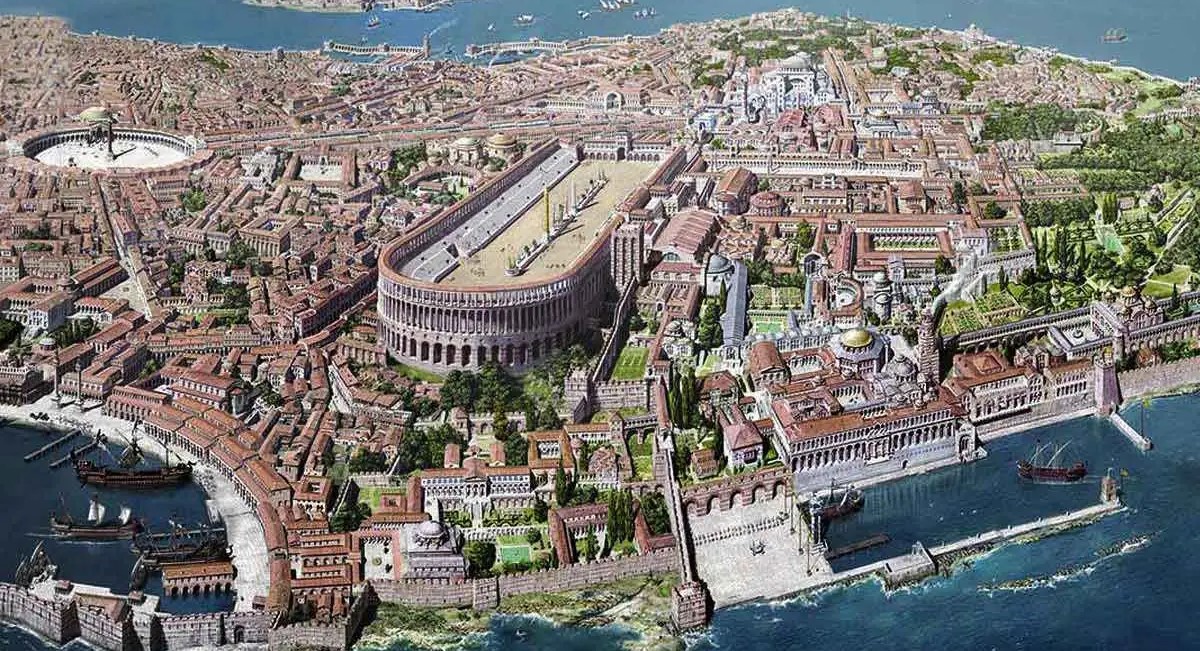
Foreign Policy:
Turkey’s foreign policy has also seen changes, with increased involvement in regional conflicts and strained relations with traditional allies, including the United States and European Union countries. Issues such as the Syrian civil war, the Kurdish question, and tensions in the Eastern Mediterranean have significantly affected Turkey’s geopolitical position. History of the Ottoman Empire
The Ottoman Empire reached
Conclusion:
Turkey’s history is a complex history of different civilizations, cultures, and political transitions. From the early days of ancient civilization to its role as a powerful empire and modern republic. Turkey has continuously evolved, shaped, and been shaped by the larger historical currents of the region and the world. Turkey today stands at a glorious crossroads, balancing its rich historical heritage with the demands and challenges of the contemporary world. History of the Ottoman Empire
